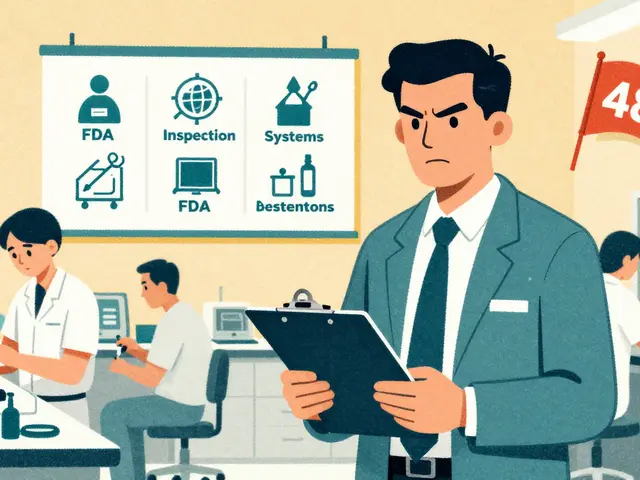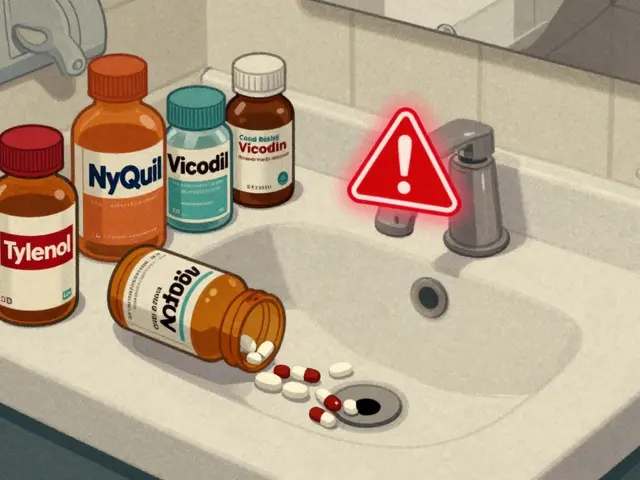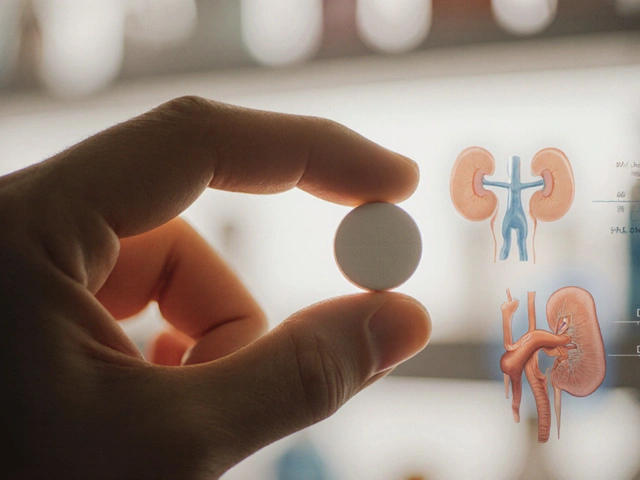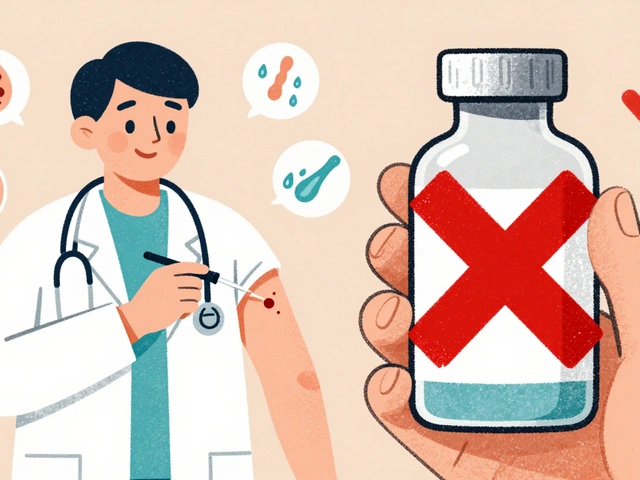Dosage Guide: How to Read, Measure and Adjust Medication Doses
Getting a medicine dose wrong can cause no effect or cause harm. This short guide helps you read labels, measure doses, and make safe choices when the dose looks unclear. Use it at home, when ordering online, or before talking to your doctor.
Start by reading the label and the patient leaflet. Look for the amount (usually in mg or mcg), how often to take it, and whether it's a single dose or a maintenance dose. Pay attention to special instructions like 'take with food', 'take on an empty stomach', or 'avoid alcohol'. These affect how much of the drug reaches your body.
Measuring and giving doses safely
For tablets and capsules, confirm the strength printed on the pill, not just the number of pills. If your doctor says 'take 50 mg' and you have 25 mg tablets, take two. Use a pill cutter for uneven doses - don't split capsules unless the leaflet allows it. For liquids, use an oral syringe or a dosing cup marked in milliliters. Kitchen spoons are not accurate.
With inhalers, dose counts and device type matter. Metered-dose inhalers and dry-powder inhalers deliver medication differently. Follow the prescribed puff count and technique; poor technique can make it seem like the dose is too low. For injections, only use prefilled devices or syringes provided and follow storage and disposal instructions.
When to adjust dose and who needs special care
Some people need lower or higher doses: children, older adults, and people with kidney or liver problems often need adjustments. Body weight and other medications also change how much you should take. If you're starting or stopping a drug that affects liver enzymes or blood pressure, your doctor may change doses.
Missed doses and overdoses need clear steps. If you miss one dose, check the leaflet - many drugs say take it as soon as you remember, but skip if it's near the next dose. If you think you've overdosed or feel severe symptoms like fainting, chest pain, severe drowsiness, or breathing trouble, seek emergency care right away.
Drug interactions can change effective dose. Some over-the-counter remedies, herbal supplements, and antibiotics raise or lower drug levels. Always tell your prescriber about all medicines and supplements you use before adjusting any dose.
When ordering medicines online, double-check the strength and package contents. Look for clear labels, pharmacist contact details, and a valid prescription requirement. If an online listing is vague about strength, don't buy it - ask the pharmacy or pick a verified seller.
Finally, keep a simple dosing chart with medication name, dose, time, and special notes. This reduces errors and helps caregivers. If anything feels off - side effects that start suddenly or the medicine doesn't seem to work - contact your provider. Correct dosing keeps treatments effective and safe.
Quick checklist: confirm strength and dose, measure with a proper tool, note time and food instructions, check interactions, confirm seller and prescription, and call your prescriber if uncertain. Keep list where family or carers see it.









